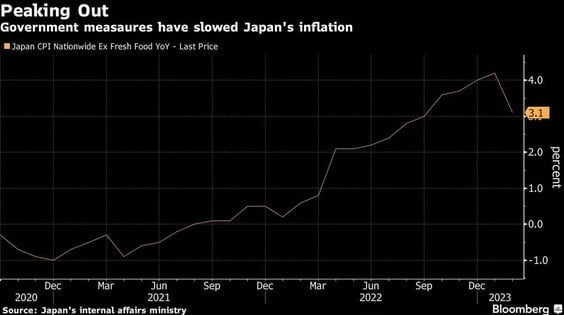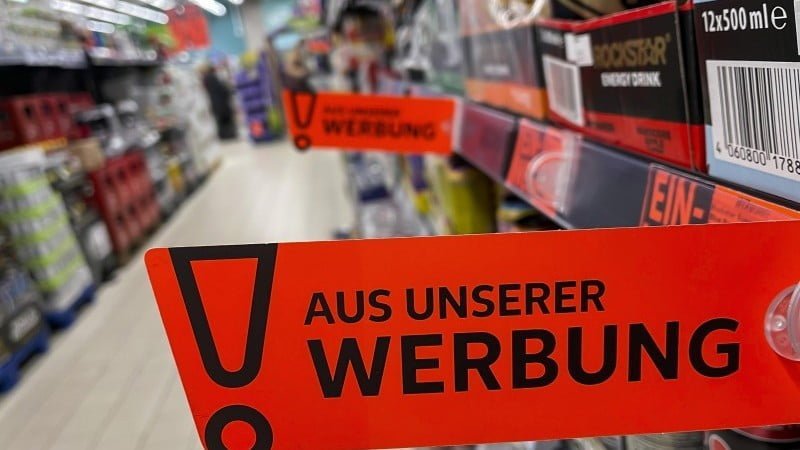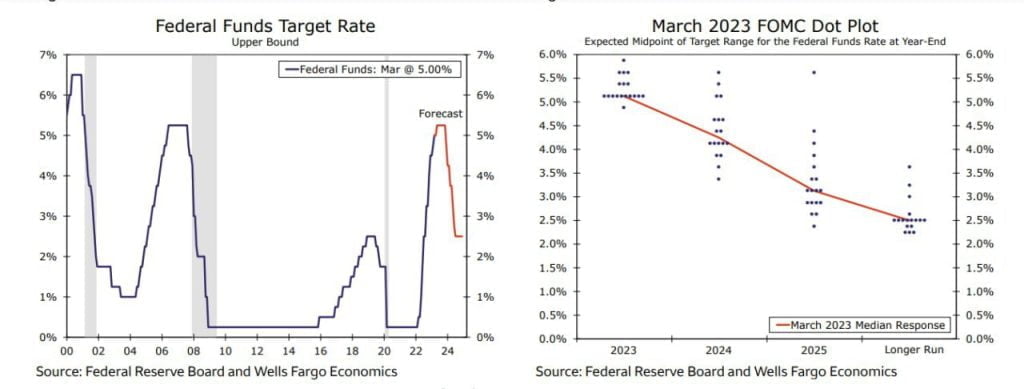IMF Says BOJ Should Avoid Premature Exit from Monetary Easing
The International Monetary Fund said the Bank of Japan should avoid a premature exit from monetary easing, advising it to maintain its policy framework.
- IMF advises BOJ to keep current monetary policy framework
- Fund reiterates recommendations on long-term yield flexibility
The recommendation from the International Monetary Fund is to ensure that Japan’s economy continues to recover from the pandemic. The Bank of Japan should maintain its current monetary policy until inflation sustainably reaches its 2 percent target, according to the International Monetary Fund’s annual report on Japan released on Thursday. The Bank of Japan should also be ready to implement additional measures if necessary to support the economy, the report said. The IMF report acknowledges that Japan’s economy has shown signs of recovery, with increased exports and industrial production, as well as increased business and consumer sentiment. However, the report also highlights challenges facing Japan’s economy, including a shrinking population and the risk of a resurgence in Covid cases.

The Bank of Japan has taken a number of measures to support the economy during the pandemic, including negative interest rate policy and large-scale asset purchases. However, the IMF report suggests that the Bank of Japan could do more to support the economy, such as expanding its asset purchases and implementing yield curve controls to lower long-term interest rates further. The report also urges Japan to implement structural reforms to increase productivity and support growth. The IMF recommended that Japan implement measures to increase labor force participation, promote competition in product markets, and improve corporate governance. Overall, the IMF report on Japan highlights the importance of continued support for the Japanese economy as it recovers from the pandemic.






